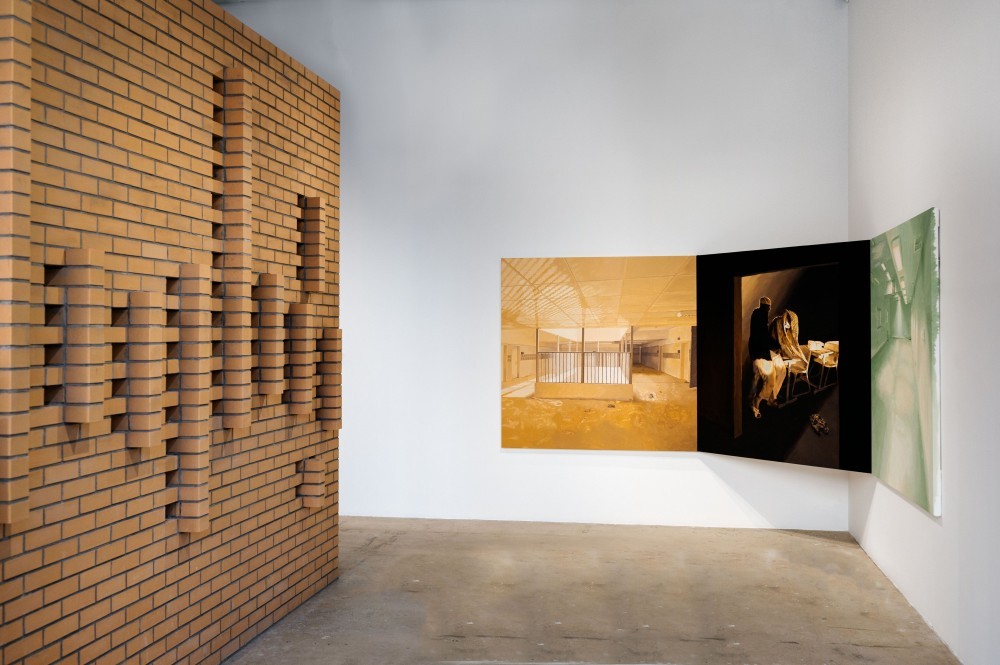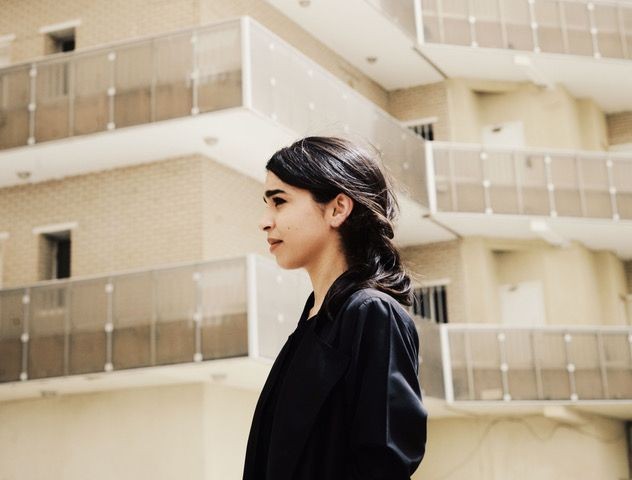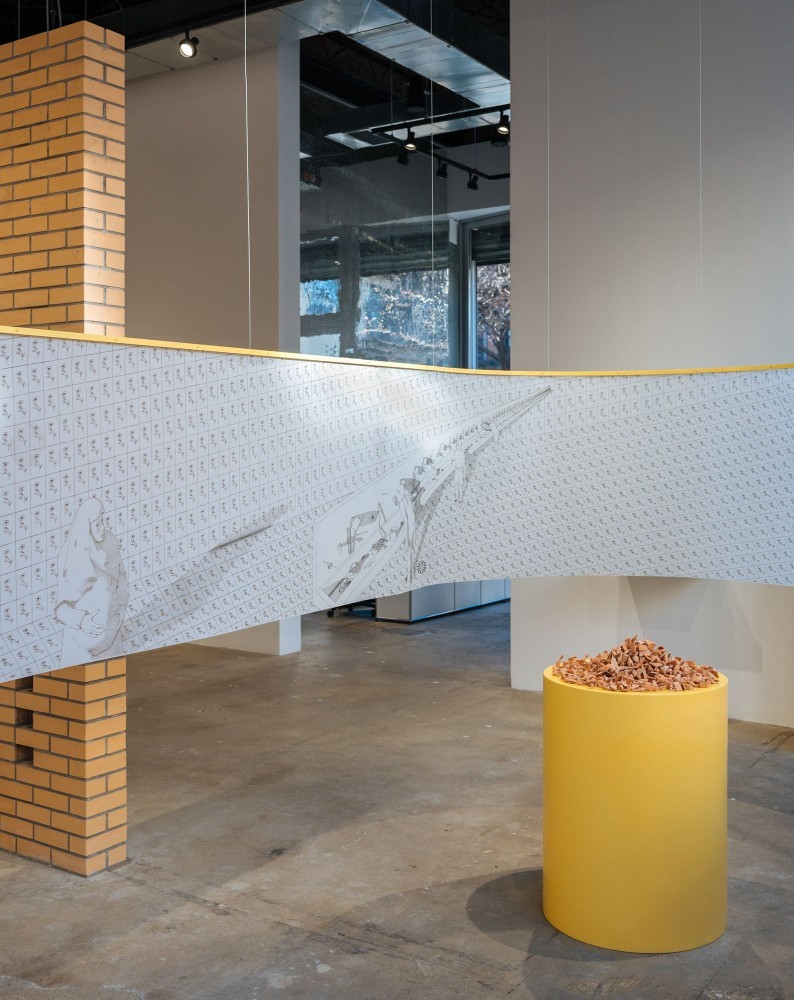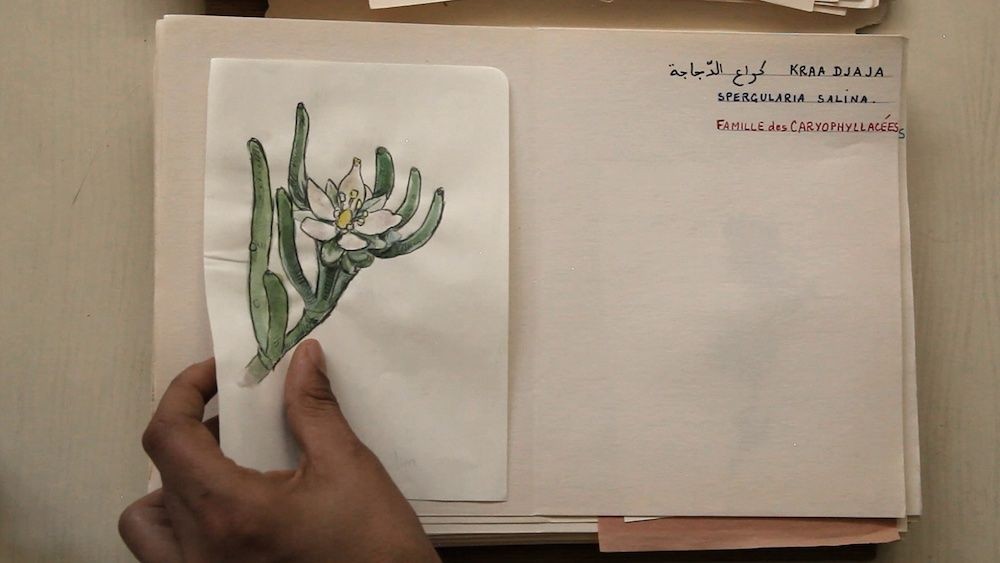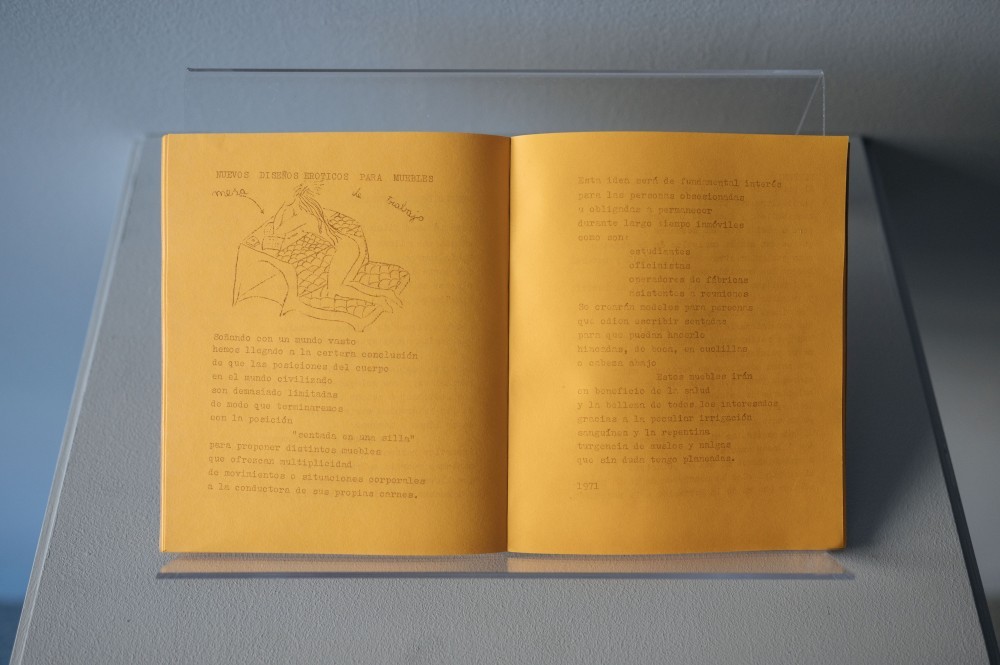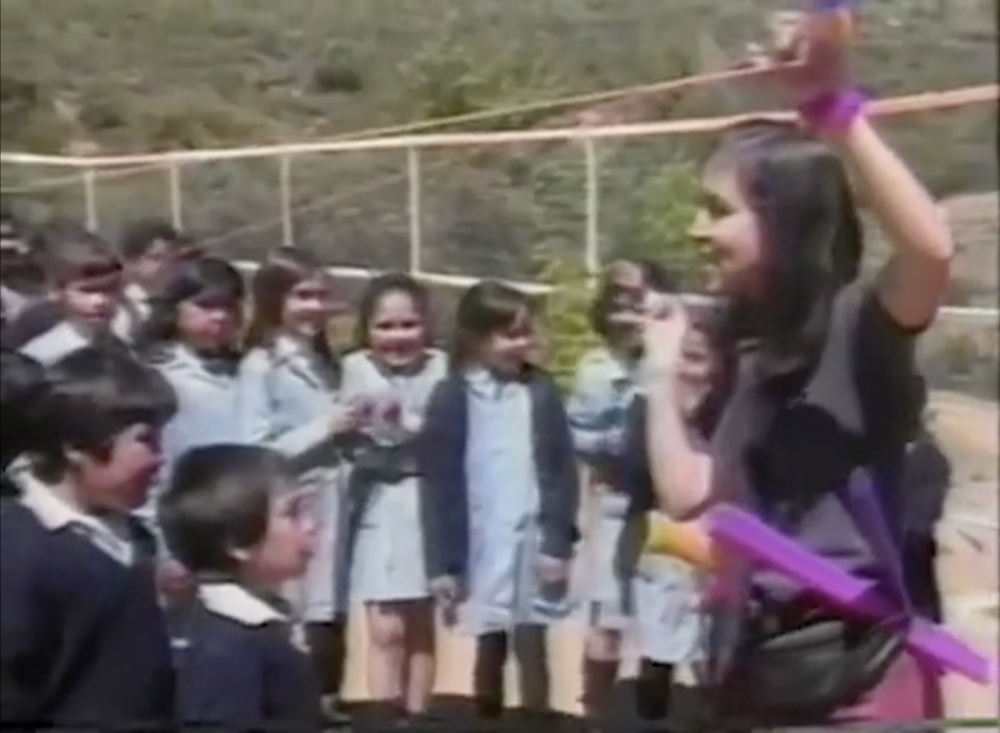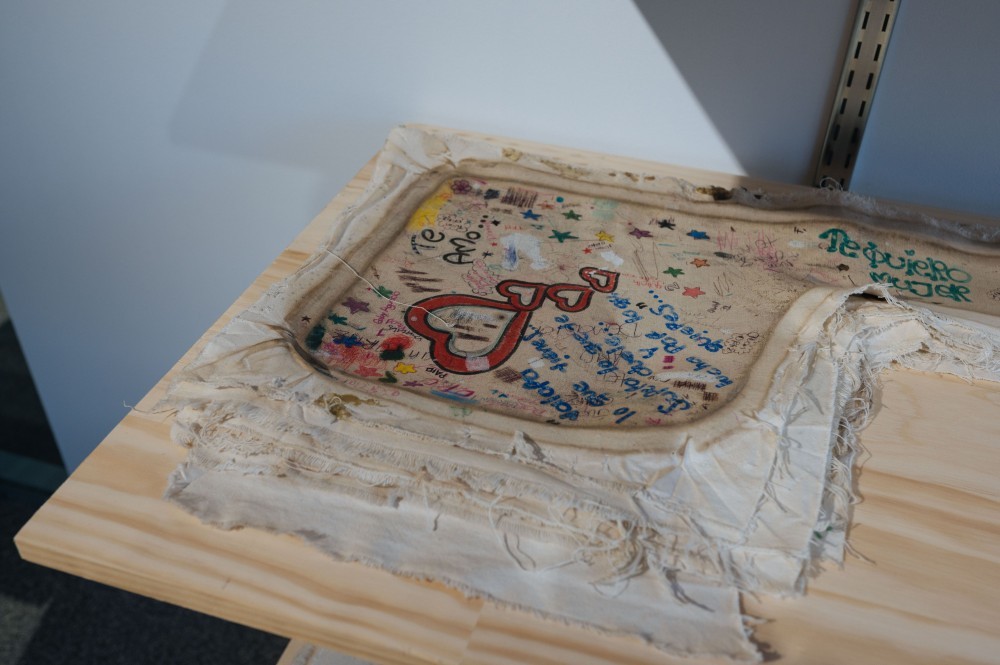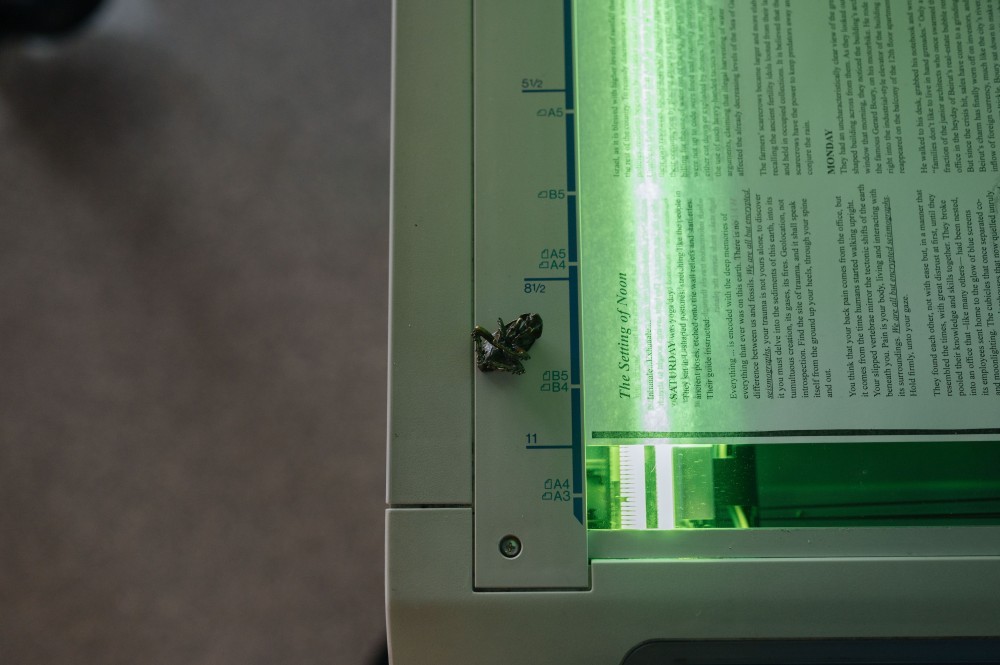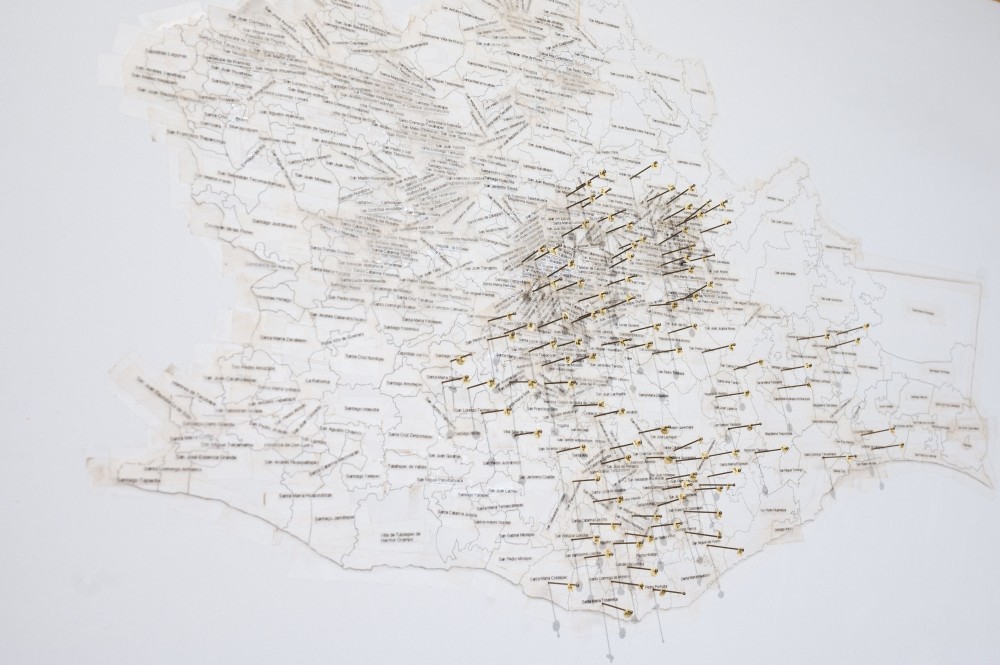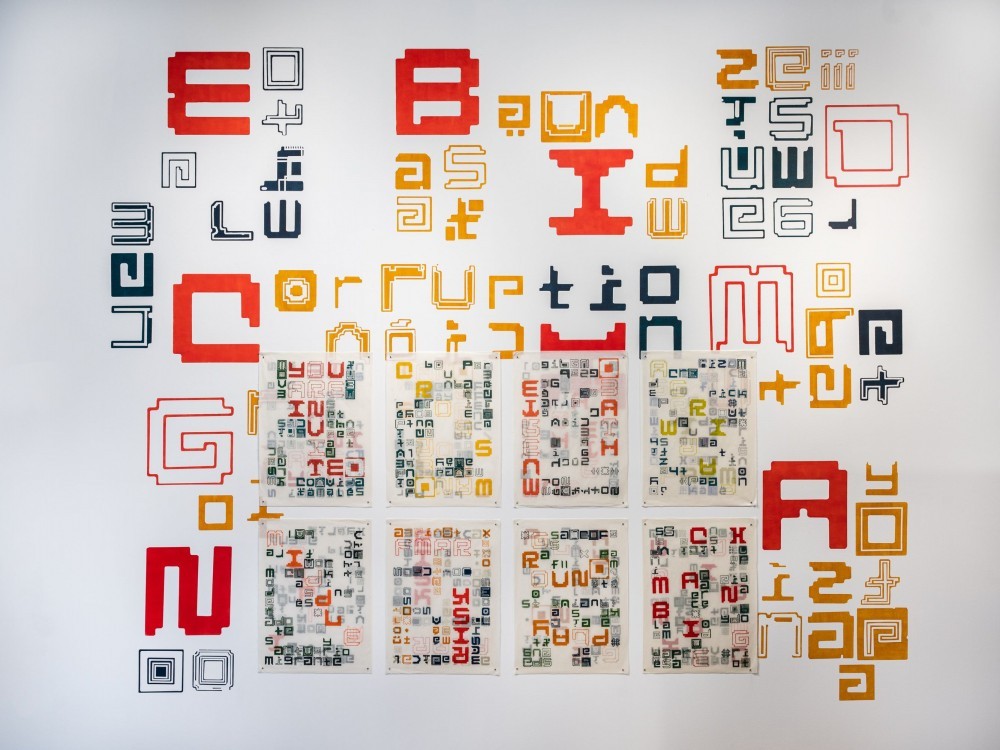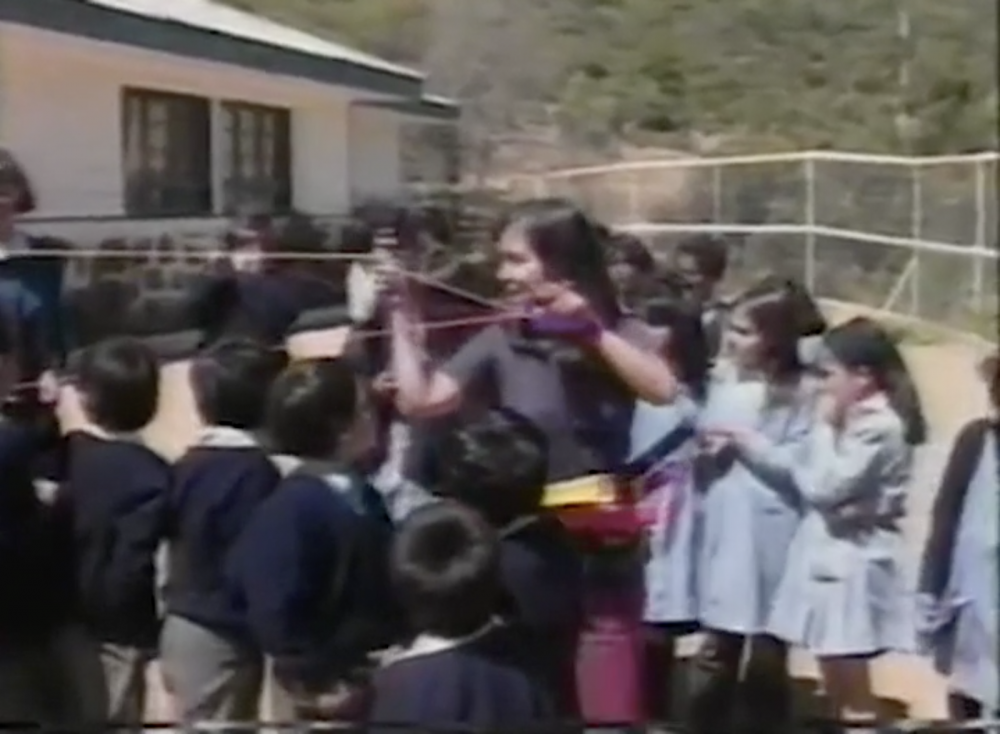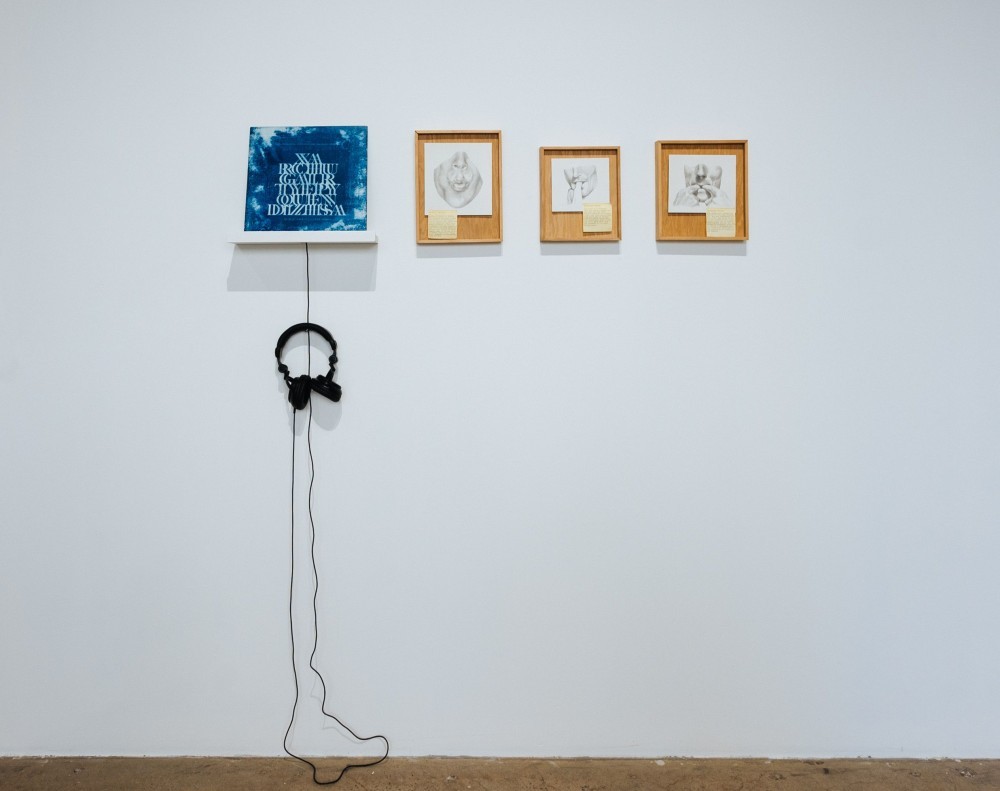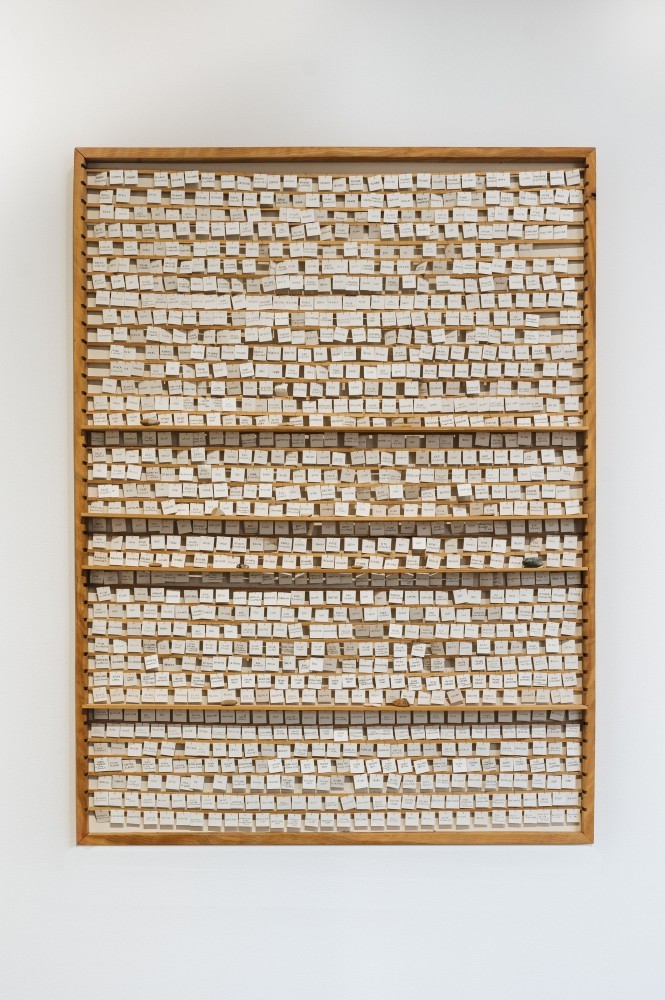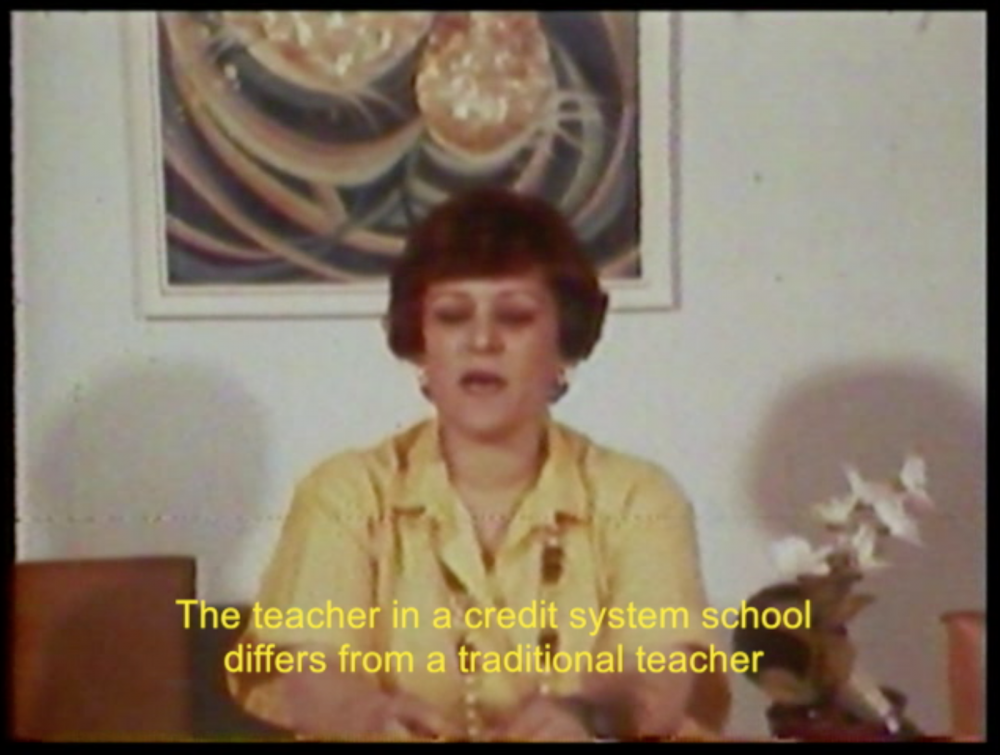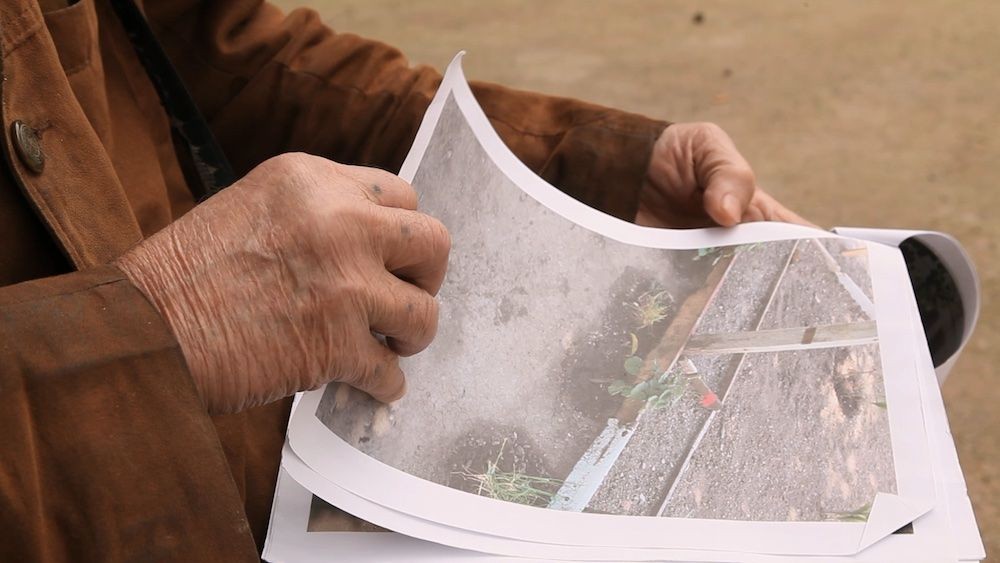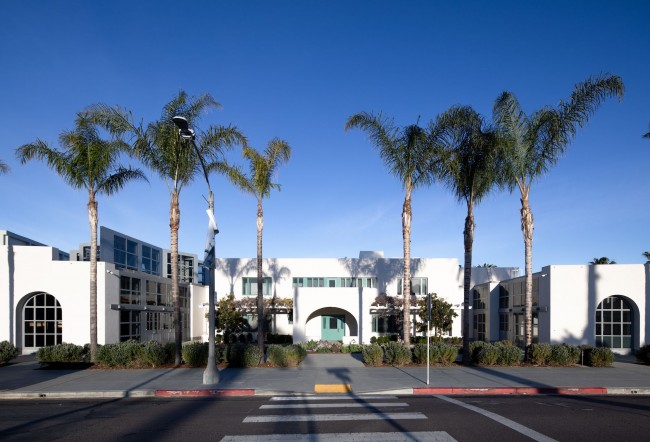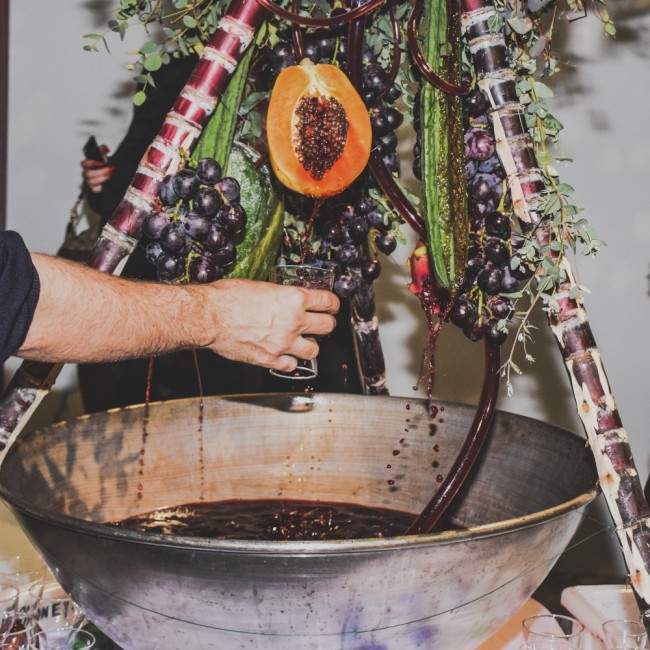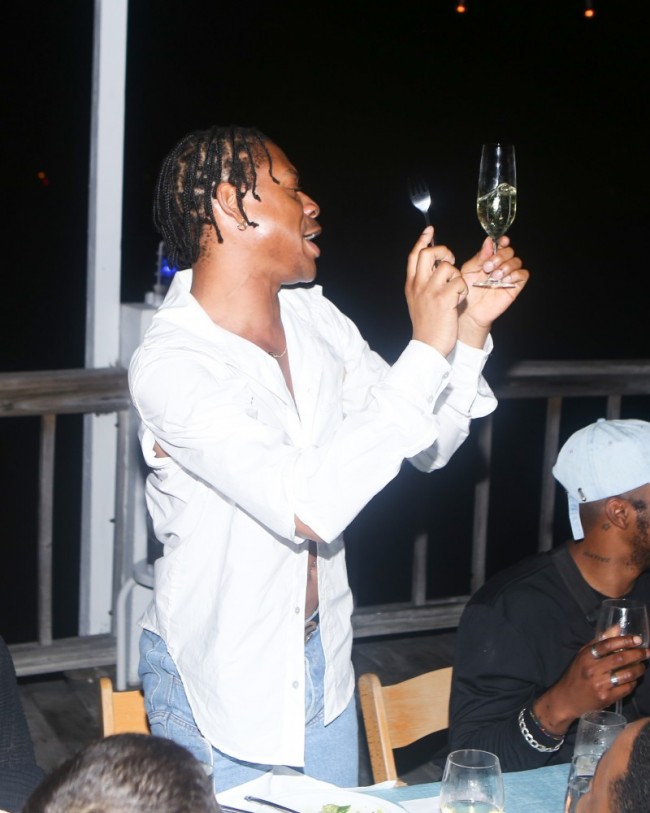INTERVIEW: Curator Alia Farid On The Space Between Classrooms And New Types Of Learning
In the 1960s, Kuwait’s Ministry of Public Works invited the Swiss Modernist Alfred Roth to design a prefab school that could be deployed throughout the nation. This uniform proposal by an outsider architect serves as an entrypoint for artist Alia Farid, who curated the fifth annual Architecture and Design Series at New York’s Swiss Institute. Titled The Space Between Classrooms, Farid’s exhibition departs from Roth’s prototype to challenge normative, top-down approaches to education, knowledge production, and skill exchange through works by artists, architects, historians, and activists from across the world.
Alfred Roth, The School Buildings of Kuwait, 1965. 23 page booklet, typescript on paper, ring binding. Courtesy of gta Archives / ETH Zurich, Alfred Roth.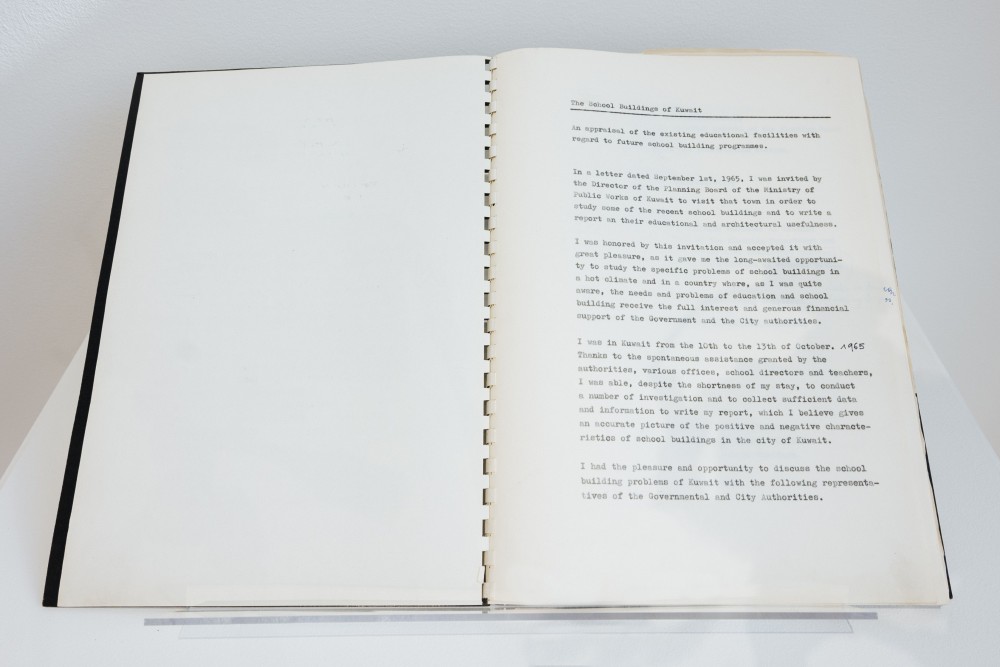
Resisting the field of architecture’s orderly orientation towards walling things in, The Space Between Classrooms asks not so much what happens within or because of architecture, but despite it. By expanding from Roth’s building proposal, the exhibition highlights the interplay between the institution as physical entity and ideological form. With a collection of works which include paintings, videos, poetry, and more, The Space Between Classrooms invites epistemologies that resist categorization and suggests ways we can imagine our way out of received ideas and towards new types of learning. From archival materials to poetry, from video art to web-based interactive installations, the exhibition is a counter-education that doesn’t didactically propose a singular narrative, but rather provides Swiss Institute visitors with an opportunity to participate in and create entangled interactions between many histories and presents. For PIN–UP, Farid, who lives between Kuwait and Puerto Rico, discusses her approach to curating architecture and explores how difference can be liberated from uniformity.
Curator Alia Farid photographed by Aziz Motawa.
Drew Zeiba: One of the defining aspects of Roth’s schools, which you use as a launching point for the exhibition, is their uniformity. How do you start from this sameness to look at the varied approaches to art-making, architecture, and pedagogy in the show?
Alia Farid: A lot of architects acknowledge a need for diversity by creating what they like to call “flexible spaces,” or spaces without a fixed function. Roth did this by creating open, ambiguous spaces that could accommodate a range of activities within the schools. Going over his records in the gta Archives at the ETH in Zürich, I found all these notes about the openness of his designs. The name for the show comes from a caption of a photo he took of a corridor in one of his prototype schools in Kuwait as it was being built. The space between classrooms, so airy and pretty sounding. If you look at those same schools today, the ones in Kuwait, they’re nothing like what had been outlined in his proposals. The open spaces he was so adamant about have been partitioned — partly because Kuwait is a conservative and gender-segregated society, but also because the architecture never really took into account the community it was designing for. This is the issue with this type of design: it is a paradigm of mechanistic thought that didn’t evolve in context. It wasn’t adapted, but was imposed.
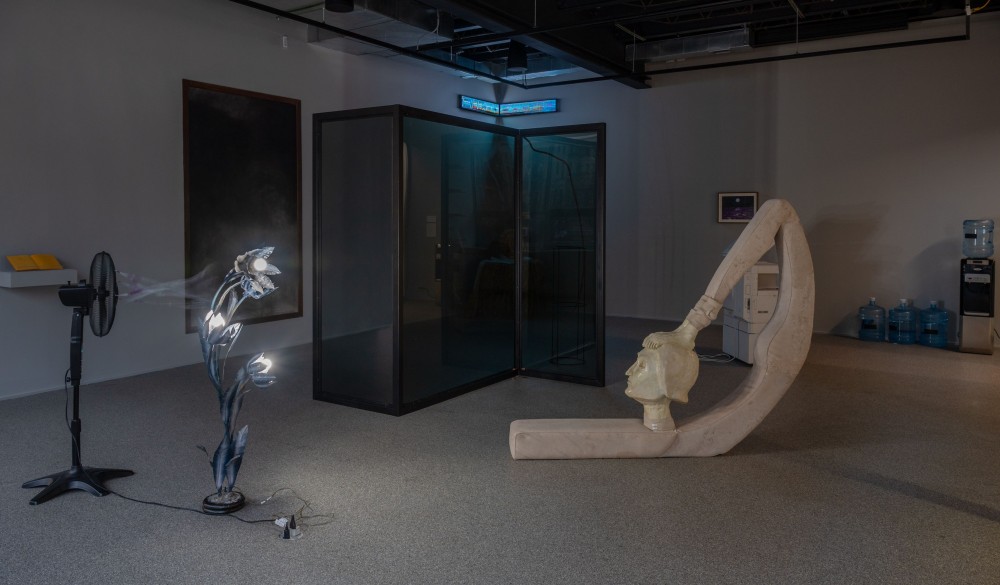
Haig Aivazian and Jumana Manna, The Setting of Noon, 2019. Installation. All works courtesy of the artists.
To interrogate this idea of learning outside of prescribed parameters, I became interested in examining the legacy of Roth’s work in relation to Ivan Illich’s ideas on education and knowledge production. To fill you in very quickly, Ivan Illich was an Austrian educator who moved to Puerto Rico to take up a post as rector of the Pontifical Catholic University after becoming involved with the Puerto Rican community in New York in the 1950s. Disillusioned by mass education, he quit and eventually settled in Cuernavaca where he set up the Centro Intercultural de Documentación (CIDOC) and wrote Deschooling Society (1971). Illich was hardcore about unbridled learning. He believed schools were superfluous and thought they should be abolished altogether, and was more interested in education being about mending connections with sources of knowledge that had become marginalized in the modernizing process.
“Unlearning” is another idea at play in The Space Between Classrooms. What does that term mean for you in the context of the exhibition?
It’s not so much about unlearning as it is about challenging the institutional frameworks that sideline other cultural epistemologies. Today’s world is constantly looking for ways to outsmart nature and forecast the future, and we believe that the more we calculate the better. It’s a type of thinking that is motivated by a need to dominate. The works in the show that revisit the past are not about just ancient history. They are about remembering and relearning from already existing histories which value sustaining balance and harmony in relationships and ecosystems. For example, in Cecilia Vicuña’s video, Caleu está soñando, she visits a rural school in a mountain village in central Chile called Caleu. In the indigenous Mapuche language, Caleu means “to be transformed,” a notion which Vicuña uses as the rubric for her mostly performance-based workshops that take the students out of their classrooms. By rooting the concepts of play and freedom of expression in the children’s own indigenous culture, Vicuña aims to inspire the students and the community around them to re-engage with their traditions and learn from ancient sources.
-
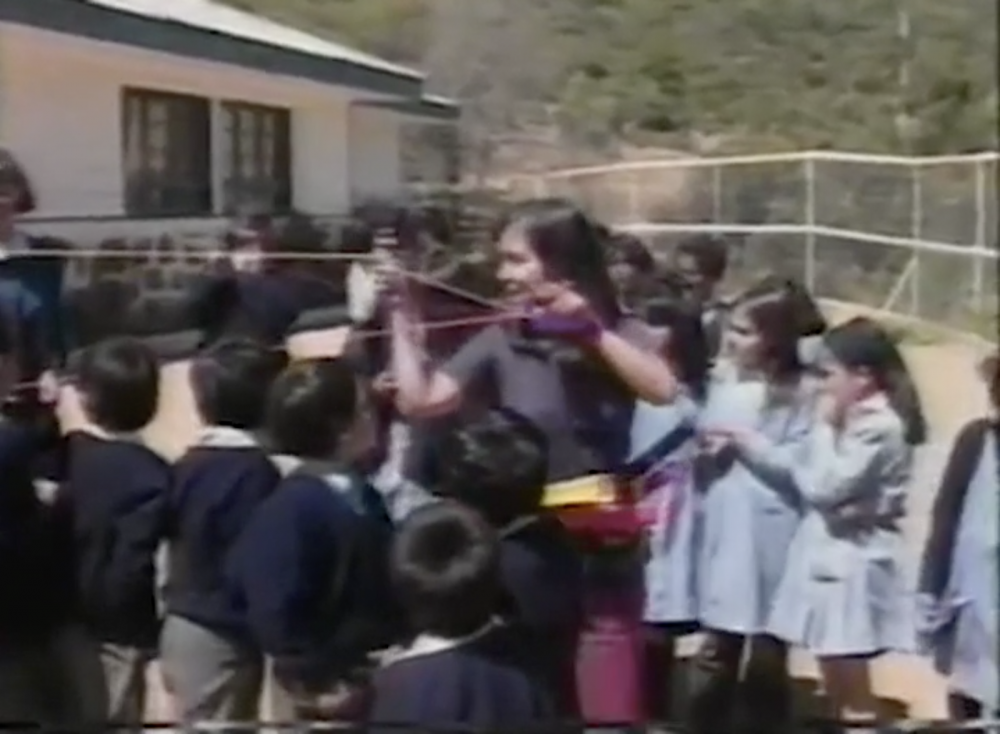
Cecilia Vicuña, Caleu está soñando, 1999, still. Video, 12 min 9 sec. Produced by The Touchstone Center. Translation by Angelina Jaffe. Courtesy of the artist.
-

Cecilia Vicuña, Caleu está soñando, 1999, still. Video, 12 min 9 sec. Produced by The Touchstone Center. Translation by Angelina Jaffe. Courtesy of the artist.
The exhibition traces links through time between Europe, the Gulf, and Latin America. What connectivities were you trying to reveal?
Though ostensibly different, they have a lot in common –– the Gulf and Latin America share similar experiences of colonialism, capitalist extraction, and estrangement from their respective pasts. They both embody a struggle to sustain alternate ways of being in the world, and for me it was important to share these connections to see if they actually resonate.
Of course, given the “school” context, the fact that there is writing throughout the show is perhaps not surprising. How did you approach or how do you see the role of language in the exhibition?
Yes. Language plays a big part in the exhibition, especially in the works of Nuria Montiel and Gala Porras-Kim. I remember when I met Nuria for the first time we were both doing a residency in the Domincan Republic. We were on a beach taking a break and she was talking about music and this Dominican singer, Fefita la Grande, in particular a song called “Vamos a Hablar Inglés” (in Spanish, Let’s speak English). We listened to it so many times. It was funny and sad –– I understood both sides: the perils of an encroaching dominant language and the urge to want to speak it fluently.
-
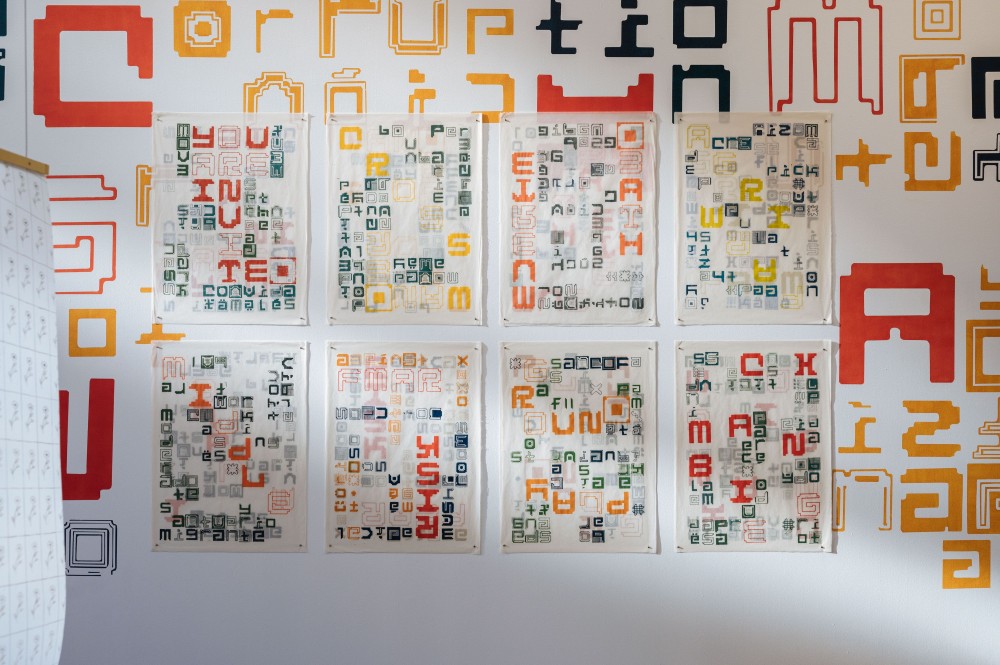
Nuria Montiel, Wxnder Wxrds / Imprenta Móvil, 2014/2021, detail. Monoprint with ink on rice paper, wall painting. Courtesy of the artist.
-
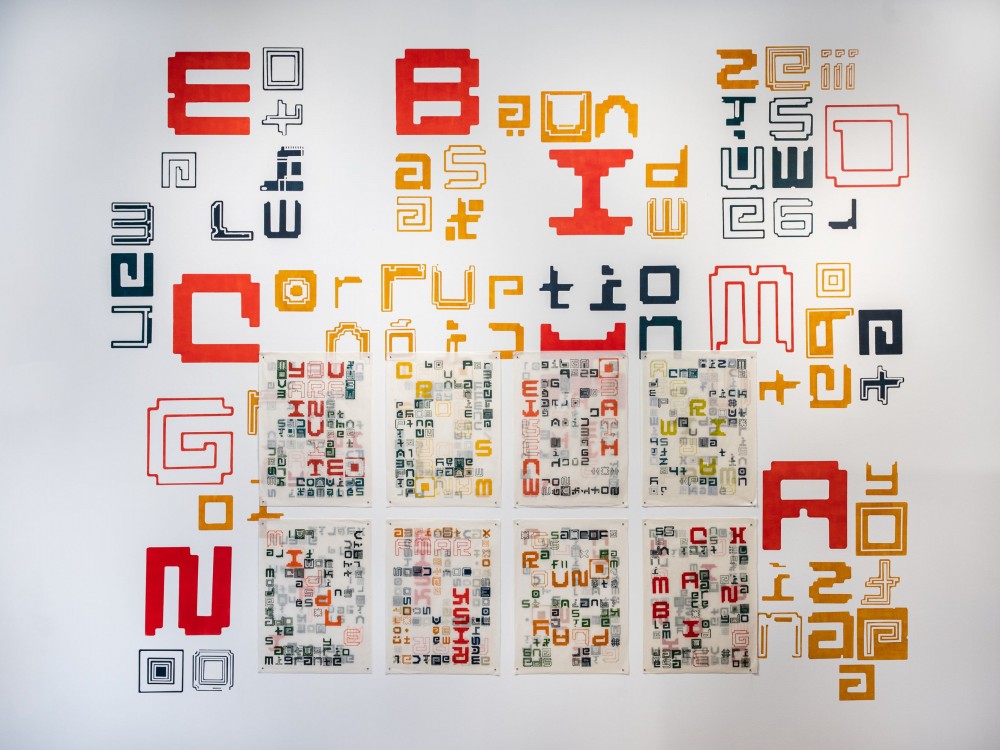
Nuria Montiel, Wxnder Wxrds / Imprenta Móvil, 2014/2021. Monoprint with ink on rice paper, wall painting. Courtesy of the artist.
Her work in the exhibition, Wxnder Wxrds, is an ever-expanding series of block-printed posters that combine visual poetry and protest to respond to urgent social and political concerns. Inspired by the immediacy and ephemerality of flyposting, the resulting posters spin linguistic games that dart between legibility and association. The font combines characteristics of the Bauhaus-like letterforms of Dutch graphic designer Jurriaan Schrofer with Mesoamerican inscriptions, birthing disorder and creating new strands for design thought and processes.
Gala’s work, The Mute Object and Ancient Stories of Today, is an object-based ethnography that follows the transmission and representation of Mesoamerican languages across the Isthmus of Tehuantepec — the land that separates the Gulf of Mexico and the Pacific Ocean, which was once a major shipping route. Porras-Kim links undeciphered samples of Isthmian script — an inaccessible writing system found carved on stone artifacts along the Papaloapan River in Mexico — with the current development of a standardized dictionary of Zapotec languages in Oaxaca, one of the most linguistically diverse regions in the world. Also on display is a recording the artist has made to document Zapotec, which is a tonal language with over fifty variants. With no Latin-script equivalent, Porras-Kim’s work with Zapotec is a continuous exploration of the potential of the ancient Isthmian symbols and an attempt to re-codify their meaning for the present to reflect on indigenous rights and the production of meaning.
-

Gala Porras-Kim, Mapping tones (all documented Zapotec dialects in Oaxaca), 2012. Graphite, ink, tape, pins, Post-it, paper, wood Courtesy of the artist and Commonwealth and Council, Los Angeles.
-

Gala Porras-Kim, Mapping tones (all documented Zapotec dialects in Oaxaca), 2012. Graphite, ink, tape, pins, Post-it, paper, wood Courtesy of the artist and Commonwealth and Council, Los Angeles.
-

Gala Porras-Kim, For Learning Zapotec Verbs, 2012. Wood, pencil, paper, wire, found rocks. Courtesy of the artist and Commonwealth and Council, Los Angeles.
You’re also an artist, and I wonder if you could expand on how that influences your approach to curating. Similarly, since this show was part of Swiss Institute’s Annual Architecture and Design Series, I want to ask more about your approach to understanding and translating architecture — whatever the scope of that word — within the context of this show and your practice more broadly.
I’ve only really curated two exhibitions: Kuwait’s participation in the 14th International Architecture Exhibition of la Biennale di Venezia and now the fifth edition of Swiss Institute’s Annual Architecture and Design Series. My exhibitions are never glossy. They are more about reflecting on the experiences of architecture than architecture per se. In my own artwork I am also interested in exploring correlations or disparities between attitudes and the shaping of environments.
For example, for the 2014 Pavilion of Kuwait the exhibition focused on the history of the Kuwait National Museum which was first established in 1957 in a mud brick heritage building. Soon after in 1960, the French architect Michel Écochard won an open call that was prepared by UNESCO and Kuwaiti government officials for the design of a new, Modern museum building. It took over 25 years to complete and when it finally opened it was severely unpopulated. There is a funny video excerpt on Youtube of Princess Diana visiting the museum. She is shown all around the outside buildings and ushered into a traditional tent in the central courtyard where she is fed dates and Arabic coffee, but there are no images of her inside the museum, presumably because there was nothing to show.
-
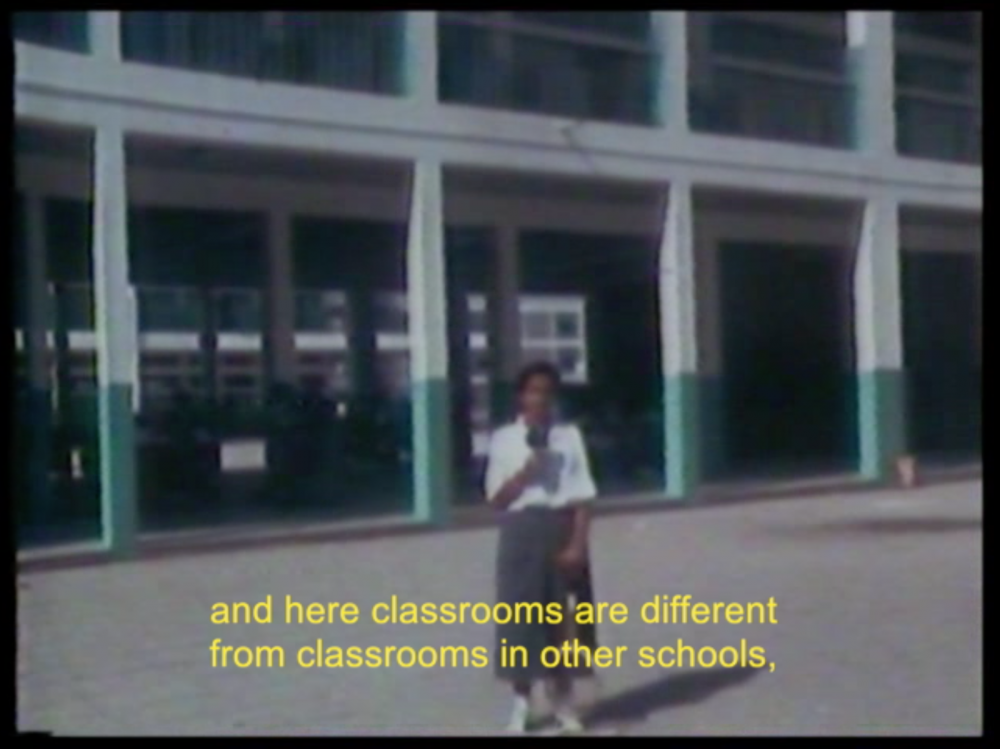
Credit System in Education… Why? Original year unknown (c. 1975), subtitles added in 2019, still. Found footage, 34 min 26 sec. Courtesy of Huda Abdulmughni, subtitles by Alia Farid.
-

Credit System in Education… Why? Original year unknown (c. 1975), subtitles added in 2019, still. Found footage, 34 min 26 sec. Courtesy of Huda Abdulmughni, subtitles by Alia Farid.
-

Credit System in Education… Why? Original year unknown (c. 1975), subtitles added in 2019, still. Found footage, 34 min 26 sec. Courtesy of Huda Abdulmughni, subtitles by Alia Farid.
-
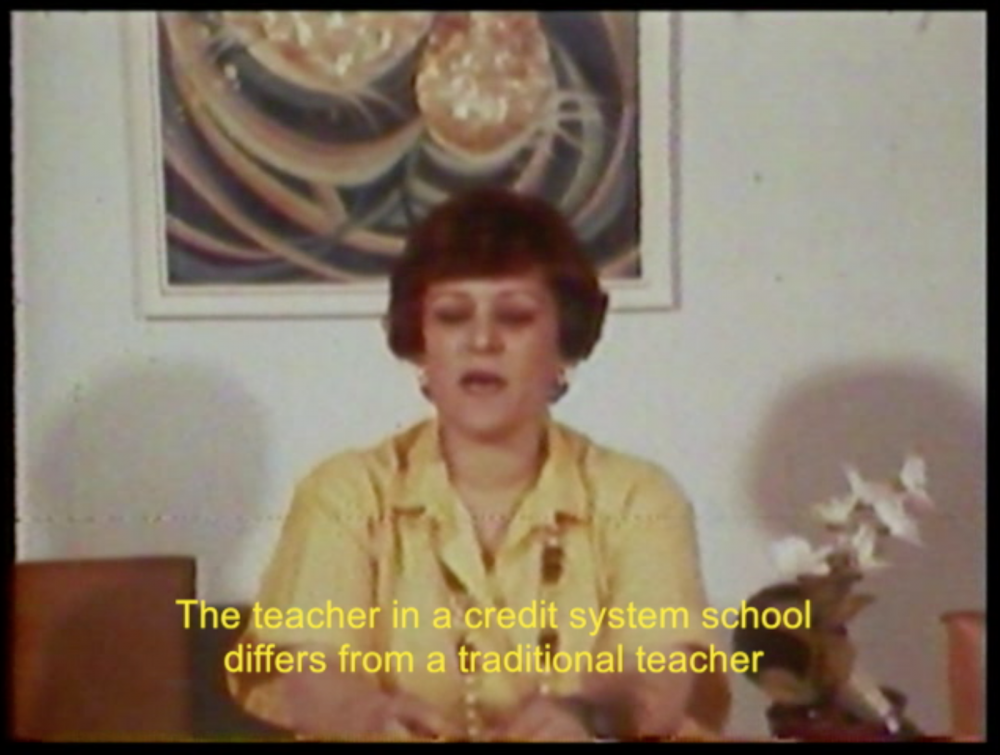
Credit System in Education… Why? Original year unknown (c. 1975), subtitles added in 2019, still. Found footage, 34 min 26 sec. Courtesy of Huda Abdulmughni, subtitles by Alia Farid.
This overambitious museum is one of many nation-building projects that barely functioned beyond their façades. The reason for this has to do with what I was saying earlier about this type of architecture being imported/imposed rather than the result of an endogenous thought process. It’s the same with Roth. He himself had developed an understanding of what school environments should be like in accordance with Swiss culture, and however neutral he thought it was, it just didn’t translate.
Separately, I feel like we often encounter discussions around developing radical pedagogies but rarely do we consider the infrastructure or architecture of institutional space and its role in education. It’s interesting to think how with all the distance learning taking place now, these architectures are being mimicked online. When Illich speaks of abolishing schools, he’s mainly referring to the curriculum, not the physical institutions.
Interview by Drew Zeiba
Installation photography by Charlie Rubin, courtesy of Swiss Institute. Portrait by Aziz Motawa.

